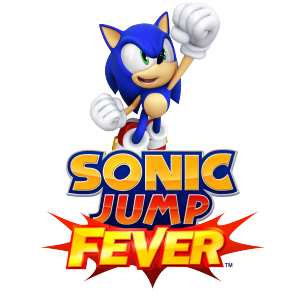Reception
Sonic Jump Fever received an aggregated review score of 54 on Metacritic, indicating "mixed or average reviews". [5] Carter Dotson of Gamezebo gave the game a positive review, praising the game having a faster structure than Sonic Jump and the game's monetization, saying "the game is surprisingly good about the money it encourages players to spend" and that it can be played cheaply, while criticizing the game's repetitiveness though noting that the game was good to play in short periods, and complaining that the playable character can sometimes blend into the background. [6] Pocket Gamer's Harry Slater gave a negative review, saying that the game was not as fun as the original game, and that any part of the game that was not the jumping was unnecessary. [7] Shaun Musgrave of TouchArcade was negative, complaining about the game's advertisements and the time it takes for the stage to change, noting that the game was worse than Sonic Jump, though praising the game's fever mechanic, graphics, and the speed of its gameplay. [8]
This page is based on this
Wikipedia article Text is available under the
CC BY-SA 4.0 license; additional terms may apply.
Images, videos and audio are available under their respective licenses.
